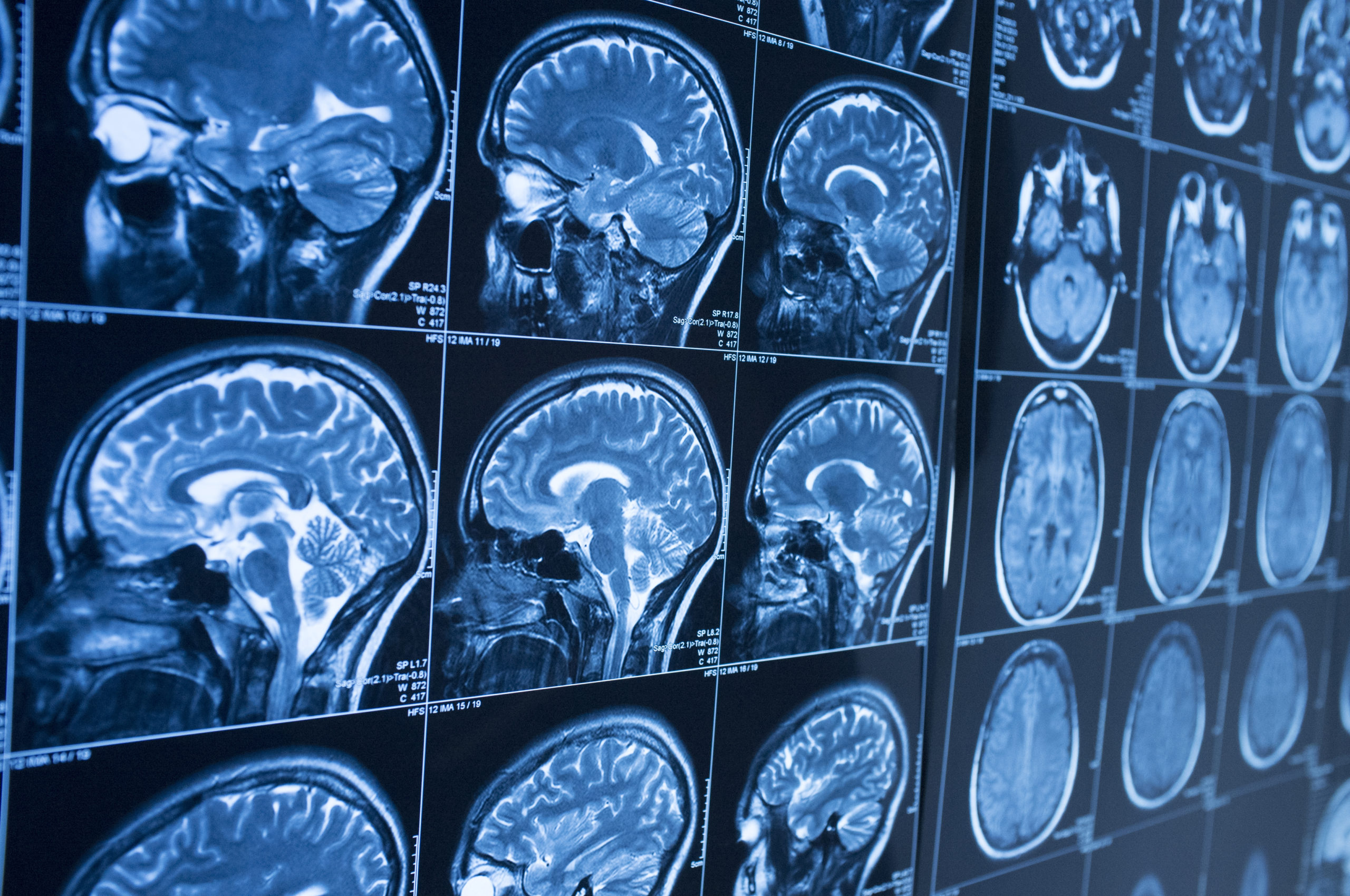RSNA 2020 went well in its first-ever all-virtual format partly because it reflected everything that we and the entire radiology community have had to learn since March about living and working during a global pandemic. It was different from past years in many ways, of course. But it was not completely new or foreign to us because it reflected trends that were already underway before COVID-19. Those trends include areas in which Nuance has been the leading solutions innovator, namely, the growth of workflow-integrated AI adoption at scale, structured reporting and cloud-powered collaborative tools that are transforming the practice of radiology.
Like many things this year, the annual meeting of the Radiological Society of North America (RSNA) looked and felt different as a fully online virtual experience. That included our team’s participation in sessions and online demonstration of our AI-powered, cloud-based “Radiology Experience of the Future.”
The virtual nature of the show and our event was appropriate to the circumstances and in ways that went beyond the health and safety priorities of the pandemic. First, our ability to connect successfully with show attendees reflected what we all have learned this year about living and working virtually. It’s not the same as meeting in-person and requires agility and skill to do it effectively. But we and our customers have been doing that continuously since the spring with the reading, reporting, and collaboration tools and free software licenses we extended to support teleradiology.
Second, it tracked very well with our innovation strategy and the products, solutions and partnerships we’ve announced over the few years. As I mentioned in my last post, the “Radiology Experience of the Future” showed how the capabilities of our diagnostics solutions portfolio combine to transform radiology reporting for a changing world. Things have indeed changed and in ways that signal that the “future” for AI- and cloud-powered radiology AI is already a day-to-day reality.
Across the dozens of sessions we attended we got the clear sense that AI in radiology has reached a tipping point. The fear and hype is fading rapidly as radiologists are seeing the practical integration and benefits of AI at scale.
Below are a few takeaways from the show:
Making progress in the battle against burnout with workflow-integrated AI
According to Medscape, burnout affects 45 percent of radiologists who have to handle copious amounts of repetitive paperwork and administrative tasks that take time and energy away from the practice of radiology. With the additional pressures of COVID, radiologists are making it clear that it’s more important than ever to use workflow-integrated AI and structured reporting to reduce burnout-causing workloads and while improving patient and financial outcomes.
To meet this need, we announced the integration of the Common Data Elements (CDE) Steering Subcommittee interoperability standards into PowerScribe One. CDE support is key to enabling data-driven radiology that can streamline and standardize reporting workflows and quality. It’s also central to the broader effort to unlock the value of radiology reporting for improving patient outcomes, imaging reimbursements and population health.
Einstein Healthcare Network radiologists are among the first in the country to integrate AI-powered innovations within Nuance PowerScribe One via the Nuance AI Marketplace. They’re using VIDA’s LungPrint AI model to increase workflow efficiency, crate more accurate and consistent reports, and access real-time clinical intelligence at each stage of the radiology workflow.
As VIDA described during the show, radiologists can depend on the LungPrint model to help process chest imaging studies and insert detailed lung density and other previously unavailable information directly into radiology reports. Dr. Terence Matalon, MD, chair of radiology at Einstein Healthcare, said that AI adds confidence to reading and reporting by helping to make sure nothing important gets missed. Pulmonologists and other lung care specialists also can use the data in the reports for patient care and lung disease management.
Using AI to increase compliance with follow-up recommendations
Despite the fact that roughly 10 percent of radiology reports recommend follow-up imaging, at least half of follow-up exams are not completed. For a hospital system performing a half-million exams annually, that equates to approximately 25,000 missed exams every year. Timely follow-ups are key to saving lives with earlier diagnosis and treatment of disease. Moreover, follow ups have become even more important as patients delayed treatment and postponed appointments during the pandemic. Radiology teams want to ensure that patients don’t slip through the cracks, and health systems are prioritizing appropriate reimbursements to recover from sharp declines in imaging revenues.
Dr. Ben Wandtke at University of Rochester Medical Center has seen firsthand how AI can drive meaningful improvements in patient care. A few years ago, he noticed a disconnect in follow-up management for patients that had visited the ED. An internal study found that only 43 percent of follow-up exams recommended contained in radiology reports were completed while 57 percent were never performed. His “Backstop” follow-up tracking program has resulted in satisfactory follow-up for 91 percent of patients. Using uses Nuance’s PowerScribe Follow-up Manager, the Backstop program has been scaled to six hospitals and five outpatient imaging centers in the Rochester health system. Dr. Wandtke and his team credit the AI-powered technology for helping them save lives, and improve patient care and radiology reimbursements through earlier detection and treatment.
As RSNA2020 wrapped, we felt excited hearing members of radiology community share our vision for AI. It’s also inspiring to see the growing commitment to AI among radiologists as they explore additional opportunities for integrating the technology into day-to-day clinical practice.






